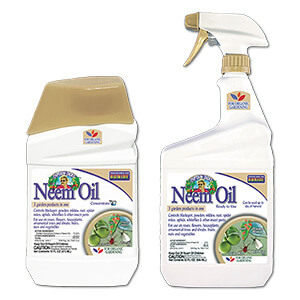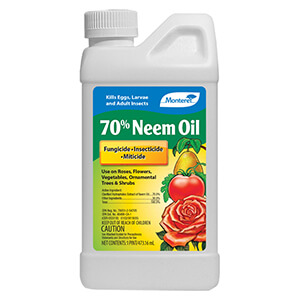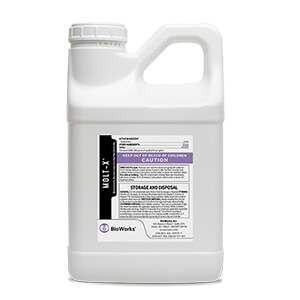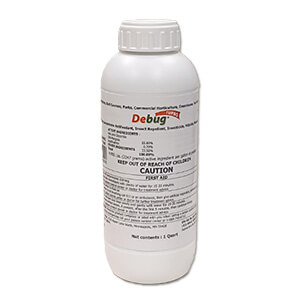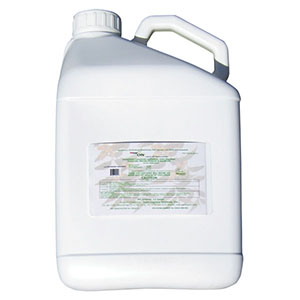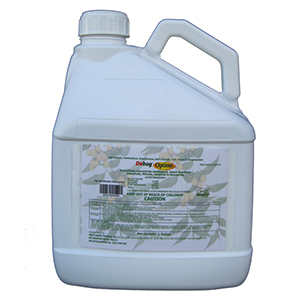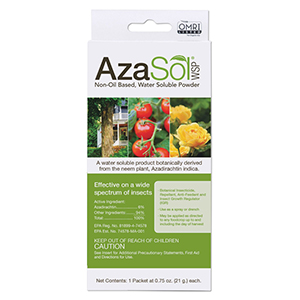Hickory Shuckworm
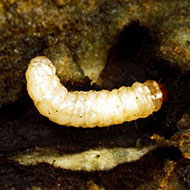
Cydia caryana
The hickory shuckworm targets two hosts – pecan and hickory trees. It is said that the hickory shuck worm is second only to the pecan weevil in terms of damage caused to pecan trees. They can be found throughout most of the eastern pecan growing region from Texas, Oklahoma, and Kansas east to South Carolina.
The hickory shuckworm has an unusual life cycle that allows for 2 – 3 generations of larvae each season (depending upon location). The first generation result from eggs laid in the hickory nuts, pecan nutlets or phylloxera galls. These larvae develop in May and June, with adults exiting the nuts and galls in late June and July. They lay eggs that become the second generation of larvae and they begin to feed inside the nuts in July and August. The second generation of larvae cause the greatest harm to the crop.
Symptoms of hickory shuckworm infestation include: poor kernel development, shuck sticking, scarred and discolored shells, and delayed nut maturity. The damage can be identified by a powdery white stain around entry points.
Controlling the 3rd generation of adult moth is the most likely path to success with the hickory shuckworm. Use of contact insecticides such as Neem Oil will help to control next year's population.
Photo courtesy of Clemson University Department of Entomology, Soils & Plant Sciences, Cooperative Extension Service.
-
$11.97–$34.99
-
$14.99–$144.49
-
$250.00–$875.00
-
$80.00–$1,026.00
-
$125.00–$225.00
-
$260.00–$936.00
-
$19.99–$1,297.00
-
$46.99

